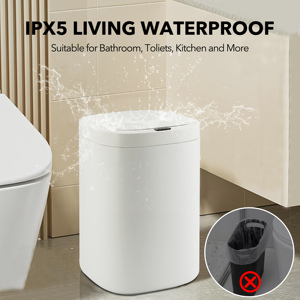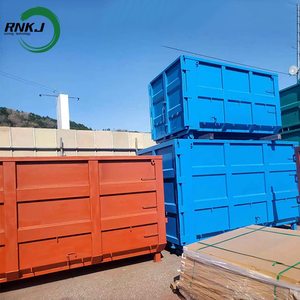Introduction to Location Recycling Bins
Location recycling bins are essential components of modern waste management practices that play an integral role in promoting environmental sustainability. These bins are strategically placed in various public and private spaces, encouraging individuals to dispose of recyclable materials responsibly. By providing a clear and accessible way to recycle, location recycling bins help reduce landfill waste and conserve natural resources. In this description, we will explore the types, functions and features, applications, and advantages of location recycling bins.
Types of Location Recycling Bins
Location recycling bins come in several types, each designed to cater to specific recycling needs and environments. Understanding these types can help organizations and municipalities choose the right bin for their purposes.
- Single Stream Recycling Bins: Allow users to dispose of multiple recyclables—such as paper, plastic, and metal—in one container.
- Separated Recycling Bins: Feature individual slots for different materials, promoting proper sorting by users.
- Outdoor Recycling Bins: Made from durable materials, these bins are weather-resistant and designed for outdoor environments.
- Indoor Recycling Bins: Sleeker designs that fit within office spaces, schools, and public buildings, available in a variety of colors.
- Compostable Bins: Specifically designed for organic waste, supporting comprehensive recycling and composting efforts.
Function and Feature of Location Recycling Bins
The function and features of location recycling bins are pivotal in their effectiveness at promoting recycling behavior.
- Easy Accessibility: Bins are designed to be user-friendly, with clear signage to indicate what can and cannot be recycled, promoting proper usage.
- Durable Construction: Most recycling bins are made from robust materials such as heavy-duty plastic, metal, or a combination of both, ensuring longevity and resilience against vandalism.
- Color-Coded Designs: Different colors and graphics help users quickly identify the type of recyclables accepted, reducing contamination.
- Locking Mechanisms: Some models come with secure locks to prevent unauthorized access or tampering, particularly in public areas.
- Custom Branding: Organizations can customize bins with logos and messages to promote their commitment to sustainability and responsible waste management.
Applications of Location Recycling Bins
Location recycling bins find application in a wide variety of settings, making them easily adaptable to different environments.
- Parks and Recreation Areas: Positioned in parks to facilitate recycling of bottles, cans, and paper, enhancing public space cleanliness.
- Office Buildings: Encouraging employees to recycle paper, plastic, and metal, fostering an environmentally-friendly workplace culture.
- Educational Institutions: Schools and universities utilize these bins to educate students on recycling and sustainability.
- Commercial Centers: Retail environments install multiple bins throughout the center to capture recyclables from consumers.
- Public Events: Temporary bins at festivals and gatherings specifically designed for recycling help manage waste effectively.
Advantages of Location Recycling Bins
Implementing location recycling bins offers numerous benefits to both the environment and society as a whole.
- Reduces Landfill Waste: By diverting recyclable materials from landfills, recycling bins help minimize waste disposal needs.
- Encourages Sustainable Practices: Making recycling accessible and visible encourages individuals to adopt sustainable habits.
- Enhances Community Aesthetics: A clean environment with designated recycling options improves the overall look and feel of public spaces.
- Educational Opportunities: Bins serve as a reminder of the importance of recycling, educating the public on proper waste disposal.
- Contributes to Circular Economy: By recycling materials, society can reuse resources, leading to reduced demand for virgin materials and fostering sustainability.
















































